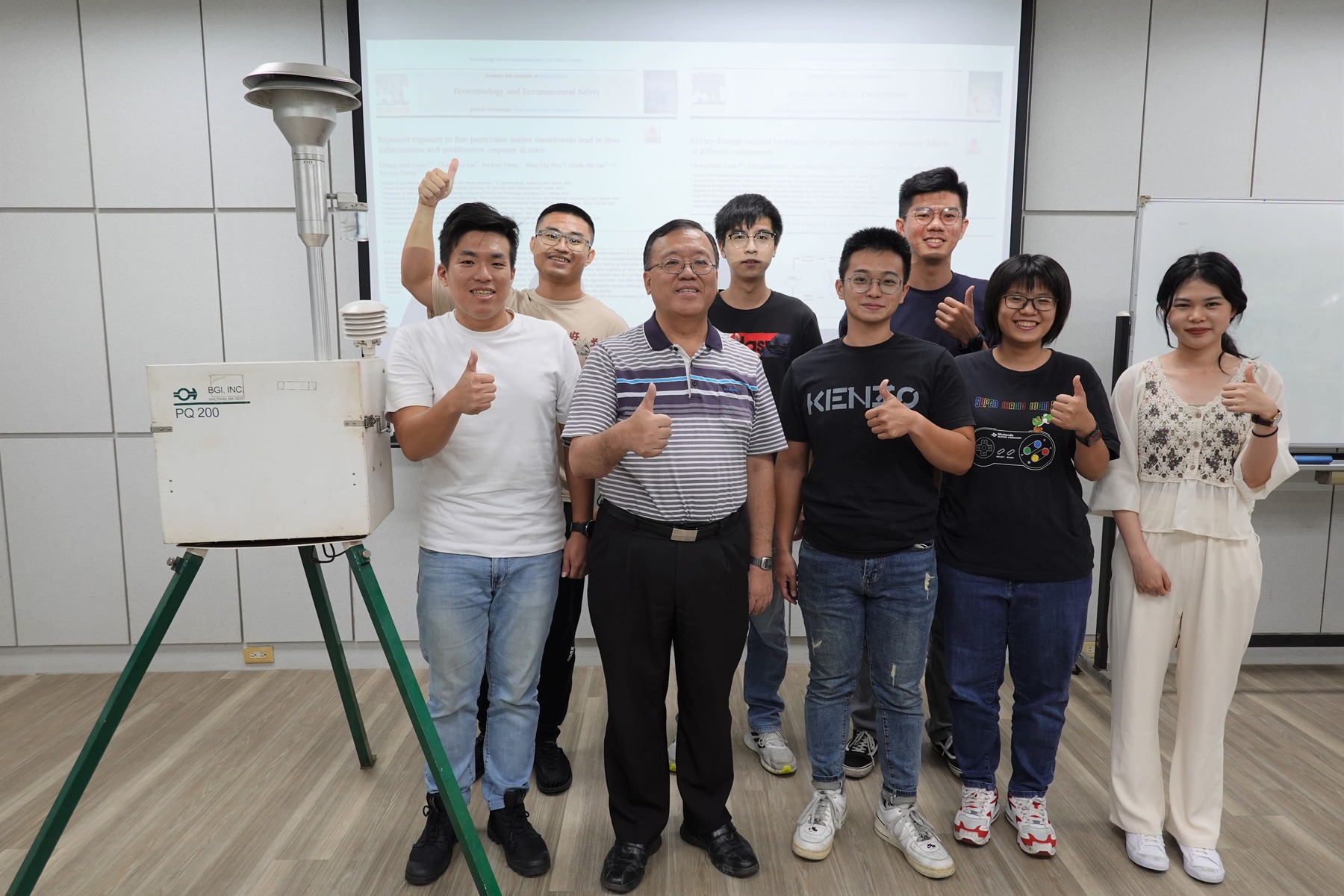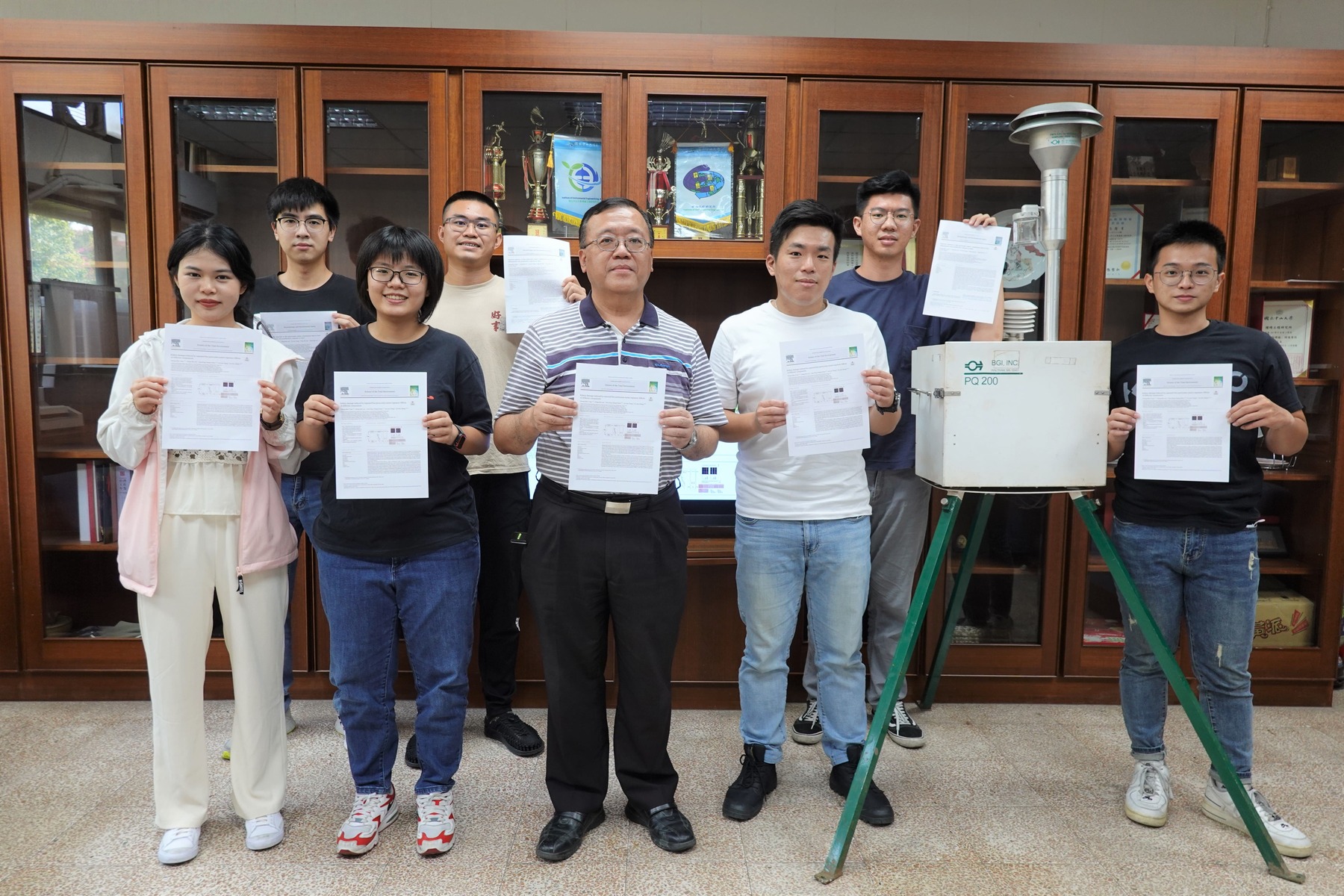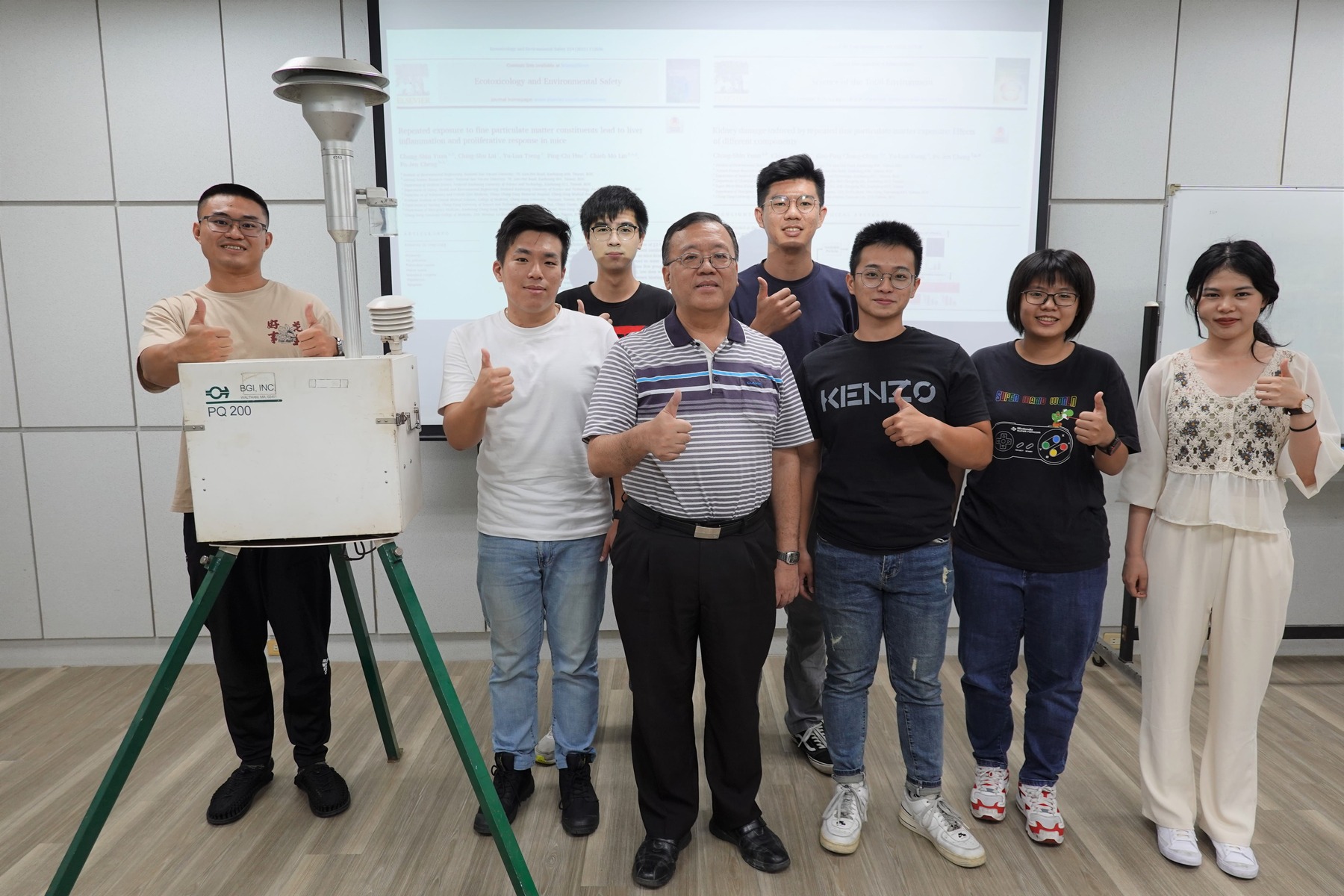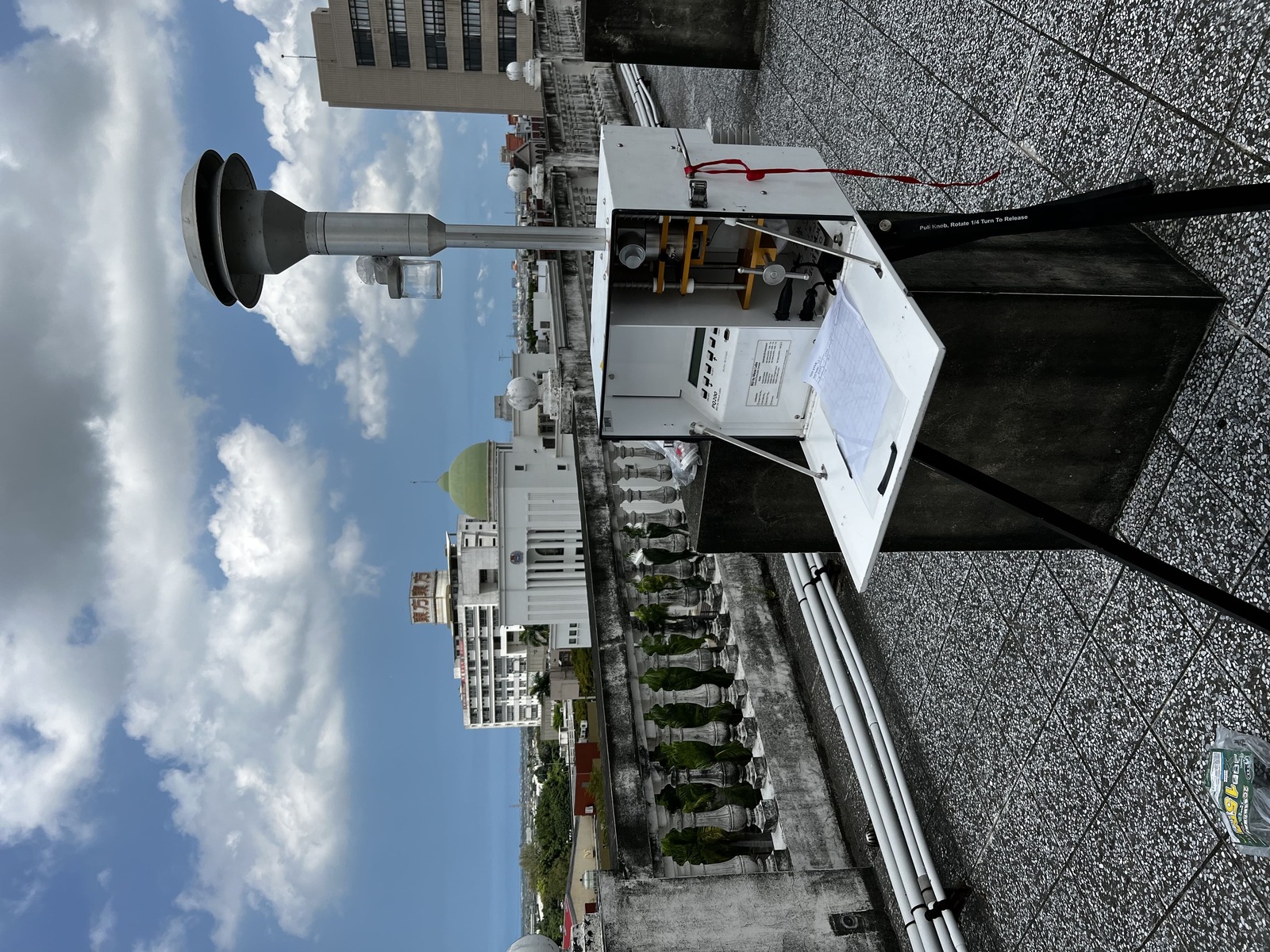Two collaborative studies by NSYSU and KCGMH were published in international journals and found that PM2.5 can cause liver and kidney toxicity





2022-12-26
The latest scientific evidence points out that inhalation of PM2.5 may cause liver and kidney toxicity! Distinguished Professor and Director of the Institute of Environmental Engineering of National Sun Yat-Sen University (NSYSU) Chung-Shin Yuan, collaborates with the Attending Physician of the Department of Emergency Medicine of Kaohsiung Chang Gung Memorial Hospital (KCGMH) Fu-Jen Cheng, to collect fine particulate matters (PM2.5) in Kaohsiung Linhai Industrial Park for mice experiments. It was found that exposure to the PM2.5 concentration inhaled for 5 weeks under the poor air quality in Kaohsiung winter was sufficient to cause liver and kidney toxicity. The two research articles have been published in the high-impact international journals "Science of the Total Environment" and "Ecotoxicology and Environmental Safety".
PM2.5 is a carcinogen pollutant announced by the World Health Organization (WHO). Many studies have shown that it is harmful to the lungs and heart. The research team of Prof. Chung-Shin Yuan and Dr. Fu-Jen Cheng has taken a different approach. For the first time, PM2.5 was divided into water extracts and insoluble particles, which were instilled into the lungs of 5 mice groups through intra-tracheal instillation 10 times of anesthetized exposure, and the impacts of PM2.5 on the liver and kidney were evaluated.
"The results of the research found that whether it is water extract or insoluble particles, it can lead to an increase in liver function index and early kidney disease." Dr. Cheng explained that both the liver and kidney are organs that process external toxins. The particles will cause leukocyte infiltration and increase inflammatory response in the liver of mice, while water extracts can cause abnormal liver hyperplasia. The mechanism of the two is different, which proves that PM2.5 is a complex compound. Different components might cause different health hazards, but both can cause liver toxicity. In terms of kidneys, no matter water extracts or insoluble particles, there will be inflammatory hyperplasia and early kidney disease. It is speculated that PM2.5 will cause kidney regulation failure, increase blood pressure, and then affect cardiovascular contraction, which can be used as a valuable reference for future medical applications.
"It is worth noted that the exposure dose used in the study is equivalent to the amount of PM2.5 inhaled by normal mice in Kaohsiung winter, and the toxicity of liver and kidney can be confirmed." Prof. Yuan explained that the experimental dose was to inhale about 44 micrograms of PM2.5 per week and continue exposure for 5 weeks, and 44 micrograms were similar to the concentration of PM2.5 during the poor air quality of Kaohsiung in winter.
However, it is not easy to collect industrial based PM2.5 since a complete mice exposure experiment requires a total of about 30,000 micrograms of PM2.5. Prof. Yuan points out that the concentrations of PM2.5 in winter and spring are high and often exceeds the air quality standard, while it is relatively low in summer and autumn. After evaluating the seasonal prevailing wind direction, the research team decided to collect PM2.5 in the Kaohsiung Linhai Industrial Park. A total of 4 PM2.5 samplers (PQ-200) were used to perform continuously for one month before sufficient sample quantity was obtained for exposure. Analysis of PM2.5 water extracts mainly contain those heavy metals and water-soluble ions, such as titanium (Ti), vanadium (V), nickel (Ni), lead (Pb), sulfate, nitrate, etc., while the particle components contain organic carbon, elemental carbon, heavy metals, and other organic compounds, "While we breathe, we also inhale these toxic substances."
Prof. Yuan emphasized that in addition to causing acute asthma, exacerbation of chronic obstructive pulmonary disease, and increased risk of lung cancer with long-term exposure, PM2.5 might also affect the kidneys, liver, and other organs through systemic circulation, causing other diseases. In addition to improving air quality to maintain health, it is also recommended that people should prevent from outdoor strenuous exercise during the periods of poor air quality, particularly peak PM2.5 concentrations, and try to stay indoors or use air cleaners.
The joint research projects by NSYSU and KCGMH have been cooperating for several years. Prof. Yuan said that cross-disciplinary collaborative research can greatly raise the research level. Not only has it been successfully published in the high-impact factor journals, but it also provides good insights into future environmental science and medicine in terms of the basic research model. Both sides have received research fundings from the National Science and Technology Council this year and continued to conduct PM2.5-related research.
Journal article online link:
Kidney damage induced by repeated fine particulate matter exposure: Effects of different components
